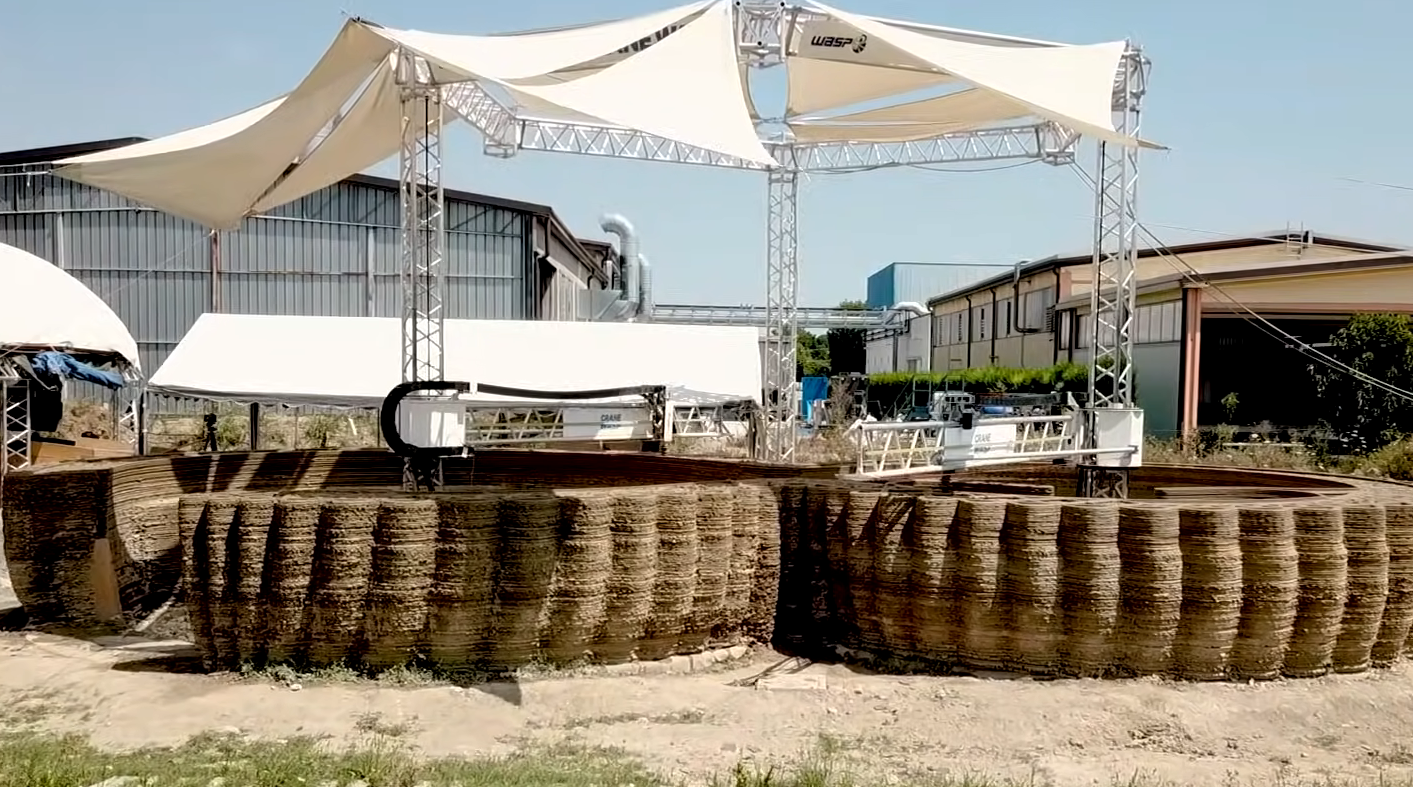
Dubbed "SoFi," the soft robotic fish is created out of 3D-printed parts and a small number of components that enable it to swim alongside real fish in the ocean independently. It was created by a team from MIT's Computer Science and Artificial Intelligence Laboratory (CSAIL) and has been shown to be able to swim at depths of more than 50 feet for about 40 minutes at once. And it's able to handle ocean currents with ease while taking high-resolution photos as well as videos through a fisheye lens at the same time.
So far, SoFi has been taken on test dives in the Rainbow Reef in Fiji, and it successfully navigated its depths, even making its way through the underwater corals without issues. It did this with the help of a human that maintained control of it the entire time that it was submerged, through the use of a waterproof Super Nintendo controller and a custom acoustic communications system that is meant to give it directions on how to swim. (Related: Small fish found to be essential to coral reef health by keeping them clean, according to new study.)
According to Robert Katzschmann, a CSAIL Ph.D. candidate and the lead author of the study wherein SoFi's creation was detailed, it could enable scientists to explore the oceans in greater depth. "To our knowledge, this is the first robotic fish that can swim untethered in three dimensions for extended periods of time," he explained. "We are excited about the possibility of being able to use a system like this to get closer to marine life than humans get on their own."
To work on the project, Katzschmann got some help from CSAIL director Daniela Rus, graduate student Joseph DelPreto, and former post-doc Robert MacCurdy, who now works as an assistant professor at the University of Colorado at Boulder. The details of their work have been published recently in the journal Science Robotics.
Unlike other kinds of so-called autonomous underwater vehicles (AUVs), which usually come tethered to boats or require bulky and pricey propellers, SoFi uses a much more simple and lightweight setup that's also completely wireless. It comes with a single camera unit on it, a motor, and the same kind of lithium polymer battery found in the typical smartphone. In order to swim, it uses its motor to pump water through two balloon-like chambers in its tail, which operates like a set of pistons in an engine. All told, SoFi is said to be capable of reaching an average speed of about half a body length per second.
According to Cecilia Laschi, a professor of biorobotics at the Sant'Anna School of Advanced Studies in Pisa, Italy, the researchers successfully created a number of innovations in trying to make SoFi come to life. "The authors show a number of technical achievements in fabrication, powering, and water resistance that allow the robot to move underwater without a tether," she explained. "A robot like this can help explore the reef more closely than current robots, both because it can get closer more safely for the reef and because it can be better accepted by the marine species."
All things considered, it looks like the team behind SoFi have come up with an effective yet non-disruptive solution for observing all sorts of marine life in their natural habitat. They now plan on using it to study how fish react to changes in their environment while also looking for ways to improve it.
Find out more innovative new uses of robotics in Robots.news.
Sources include:
Please contact us for more information.























